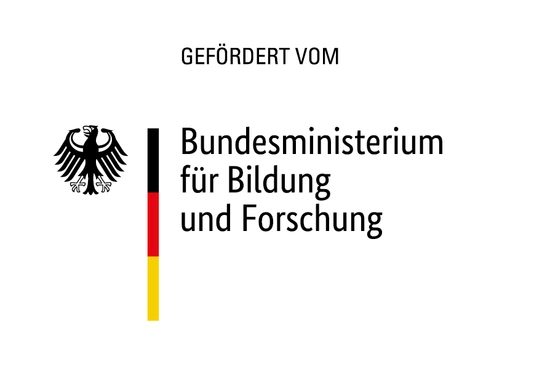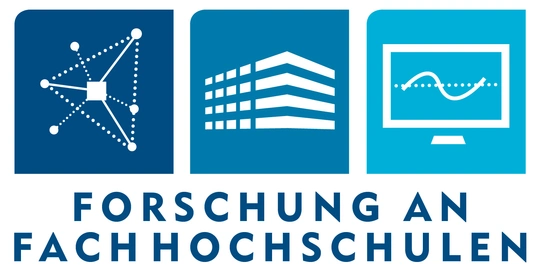Impuls Project 10: Localization and control in combined indoor and outdoor scenarios (KASINO)
The level of automation in modern vehicles is constantly increasing. Vehicles must take over more and more tasks from the driver and master them reliably. To make this possible, the vehicle must be able to determine its own position precisely in every situation, e.g. on highways, in inner cities, in tunnels and parking garages. Satellite-based systems are used for this purpose outdoors. In indoor areas, however, these are not available, therefore different positioning systems must be used. These systems often differ greatly from each other both in their interface and in their precision.
Thus, in the first subproject, continuous positioning in transitional situations between outdoor and indoor areas will be examined in more detail and improved. For this purpose, an abstraction layer is to be created that provides the information independently of proprietary manufacturers while automatically monitoring the signal quality. Different positioning systems will be investigated, abstracted in software and the quality will be ensured by means of driving tests. The goal of the subproject is to be able to position flexibly and reliably in transition areas and to provide a transparent interface for developers of driving functions.
As the complexity of the driving functions increases, so does the complexity and variance of the corresponding test scenarios. This requires both real- and virtual-test-components with a high degree of variability. The necessary variation can only be automated in parts and for specific situations. Challenging aspects are often the respective interfaces of the test components, but also the linking of entities in simulation and real tests. The simulation can only represent part of reality, so that the interaction between real and simulated system components often does not function without proper interference.
The second subproject focuses on test automation in a mixed-reality test drive. An architecture for networking real and virtual entities within a driving scenario exists from an earlier project. This architecture - based on the Open Simulation Interface - will be extended and supplemented by test automation. The architecture will be tested by means of driving experiments and a metric will be generated that can make a statement about its quality. The focus is again on the combination of real and virtual components. The goal of the subproject is to be able to perform high-quality driving tests in a mixed real-virtual environment in an automated and flexible manner.
The abstraction of positioning systems and the automation of the test infrastructure for mixed-reality driving scenarios will create a new possibility to efficiently and flexibly test a wide variety of critical driving situations. These can then not only be carried out on the outside or in the test hall, but can also be used, for example, for testing in parking garage entrances. By means of virtual shares, these tests can be carried out cost-effectively and with reduced hazards for people and material.
Contact

Prof. Dr.-Ing. Werner Huber
Phone: +49 841 9348-2523
Room: H020
E-Mail: Werner.Huber@thi.de




![[Translate to English:] Logo Akkreditierungsrat: Systemakkreditiert](/fileadmin/_processed_/2/8/csm_AR-Siegel_Systemakkreditierung_bc4ea3377d.webp)








![[Translate to English:] Logo IHK Ausbildungsbetrieb 2023](/fileadmin/_processed_/6/0/csm_IHK_Ausbildungsbetrieb_digital_2023_6850f47537.webp)


